Canada Remembers Times - 2007 Edition - Page 2
The Dieppe Raid
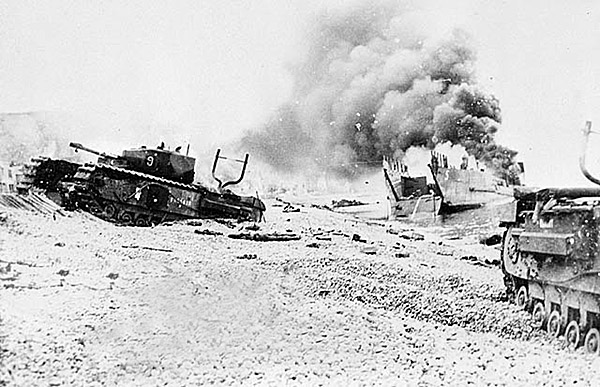
Photo: Library and Archives Canada/C-014160
Today, the French port of Dieppe is a beautiful seaside resort town. However, 65 years ago, on August 19, 1942, Dieppes stony beach was a very different scene. Almost 5,000 Canadians came ashore in an ill-fated early morning raid against strong German forces. They paid a terrible price. More than 900 Canadians were killed and almost 2,000 were taken prisoner.
John Patrick Grogan of Ontario was there…
"We knew what we were supposed to do all right. We were to get to land and get over the beach as quickly as we could and get up over the sea wall. But on landing, I guess the first thing I recall is that… the beach was lined with people all lying there… I just couldnt understand what they were all lying there for. But they were dead… and the ones that I had waved good-bye to that morning, and the ones we had joked with such as Sammy Adams, he was one of the first that I saw. Joe Coffey, Huey Clements, Ernie Good, all of these people all dead in such a short space of time."
In the Footsteps of a Prisoner of War
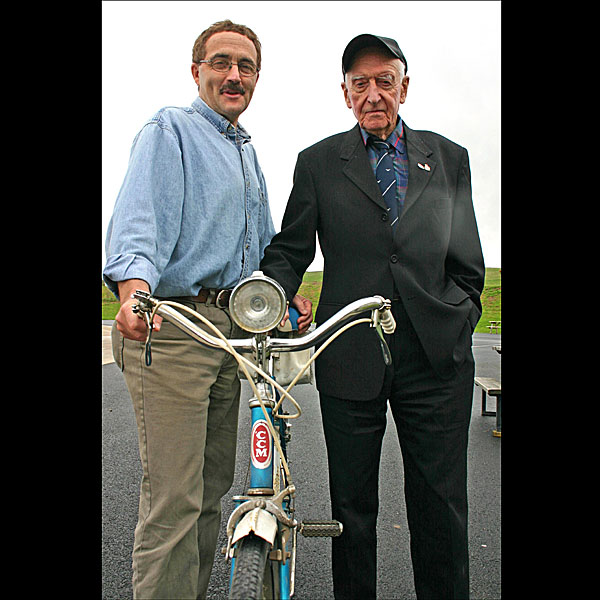
Photo: Republished with permission from The Halifax Herald Limited
Jack Morrison, a Second World War Royal Canadian Air Force Veteran from Nova Scotia and a former prisoner of war (POW), always has an interesting war story to tell.
He was a gunner on a Hampden bomber when his plane was shot down over Germany in July, 1943. He bailed out but was captured and put into a German POW camp in Poland. Near the end of the war, as Allied forces closed in on German-occupied areas, his POW camp was emptied. The prisoners were forced to march 950 kilometres in the dead of winter. Morrison survived and was liberated three months later when the war finally ended.
Fascinated by the stories told by Morrison (his wife's uncle), Michael Hughes was inspired to learn firsthand about his harrowing journey. Hughes, a high school teacher also from Nova Scotia, travelled to Europe in the summer of 2005. He set out on a bicycle, carrying a bagful of Canadian pins, to retrace the steps his relative took 60 years earlier during the forced march.
By following in the footsteps of a Canadian POW, Hughes helped honour the sacrifices of Veterans.
A U-boat in Nova Scotia?
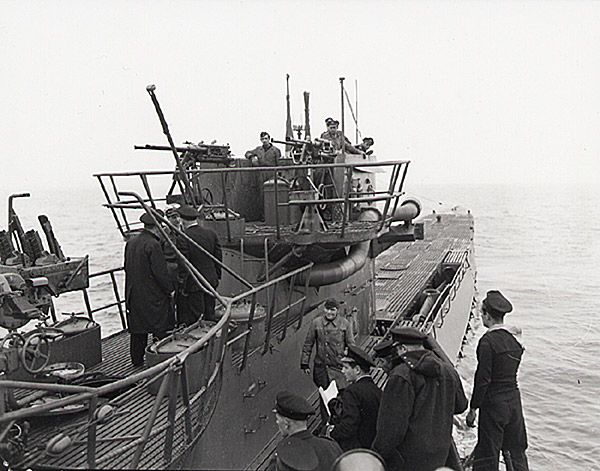
Photo: Library and Archives Canada/PA-134333
German submarines (called "U-boats") were a huge challenge for the Royal Canadian Navy during the Second World War. These U-boats threatened the navy's warships and the cargo ships of the Merchant Navy. Ships were the primary mode of transporting troops and supplies to help the war effort in Europe and it was vital that they cross the ocean without sinking. The struggle to control the ocean was called the Battle of the Atlantic.
When the war ended in May 1945, several U-boats surrendered to the Canadian Navy. U-889 was taken to the small fishing port of Shelburne, Nova Scotia. Imagine how the residents felt to see an enemy submarine close-up!
Courageous Royal Canadian Air Force Gunner Earns Victoria Cross
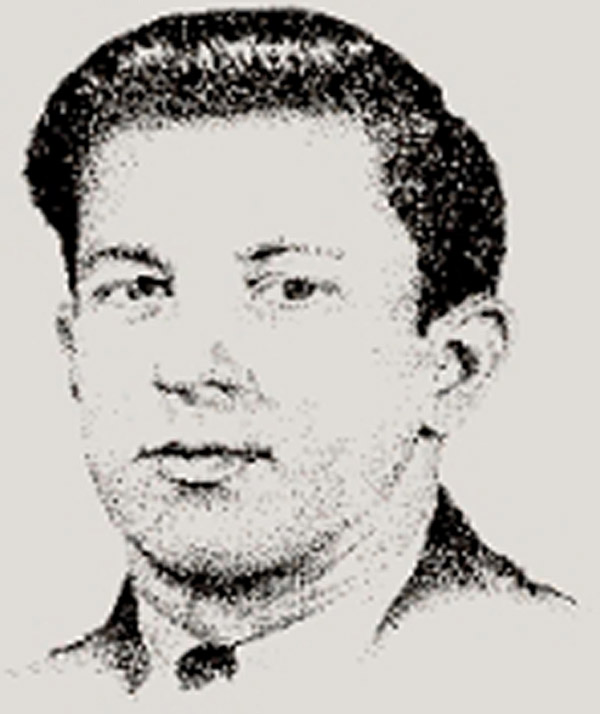
Photo: VAC
One of the most dangerous ways Canadians served during the Second World War was on air force bomber crews. These men needed great courage to carry out their dangerous and difficult duties.
Pilot Officer Andrew Mynarski of Manitoba faced that danger in 1944 when his Lancaster bomber was hit by a German fighter over Cambrai, France. The plane was going downand fast. Mynarski, a mid-upper gunner, was on his way to the escape hatch when he noticed the rear gunner trapped in his turret at the back of the plane. Through flames and smoke, he desperately tried to free the man without success. The tail gunner told Mynarski to save himself. Reluctantly, he made his way back to the hatch with his clothes and parachute in flames. Before jumping from the burning plane, Mynarski turned, stood at attention and saluted his comrade one last time.
Miraculously, the rear gunner survived the crash. Mynarski, however, was badly burned and did not live. For his heroic efforts, Andrew Mynarski earned the Victoria Cross, the highest award for valour that a Canadian could receive.
Did You Know?
Anytime you use a microwave oven or see someone clear their windshield with washer fluid, you are seeing the lasting benefits of Canadian wartime inventions. War is horribly destructive, but our countrys amazing efforts on the home front also brought great technological innovation.
During the Second World War, scientists and industry developed and produced many new inventions that would help the Allies triumph. The war helped transform Canadas industry into one of the most advanced in the world.
Canadians in Burma
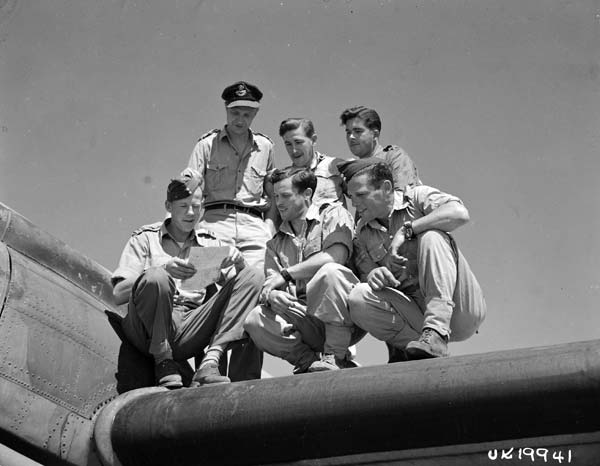
Photo: Department of National Defence (DND)/PL-60334
Canadians served in many theatres of operations during the Second World War, but one of the least known is Burma. Canadian airmen served in Allied transport, reconnaissance, bomber and fighter squadrons in the region. Burma was an especially tough place to fight, with much of the country being covered by mountainous jungle crisscrossed by many rivers. Beginning in December 1944, Royal Canadian Air Force transport squadrons helped to deliver supplies by air–the only way possible–to support the soldiers fighting the Japanese who had invaded and occupied the country.
Reduce Reuse Recycle
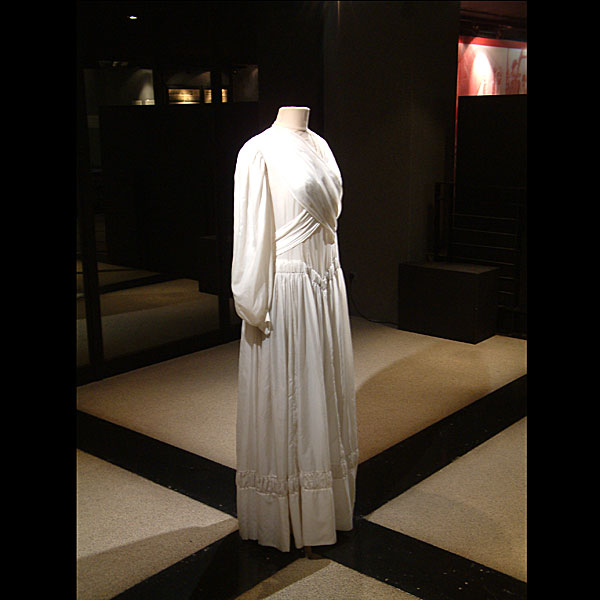
Photo: VAC
Canadians on the home front during the Second World War often had to do with less because of the need to send supplies overseas for the war effort. However, the people in war-torn Europe were in worse straits. After the war, many luxuries were almost impossible to find on store shelves in many countries.
One enterprising young Dutch woman was determined to have a nice dress for her wedding, despite the short supply of material. Her solution? To make a dress from a parachute her fianc received from a downed Allied airman during the war. There was so much silk in the parachute, she made a wedding gown, bridesmaids dresses, a flower girl dress and even silk boxers for her husband!
- Date modified: